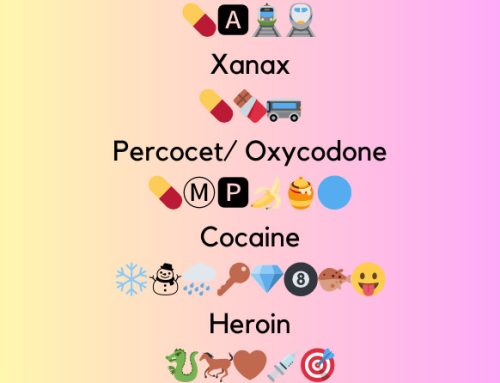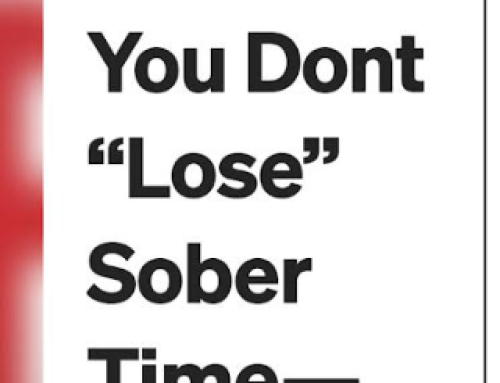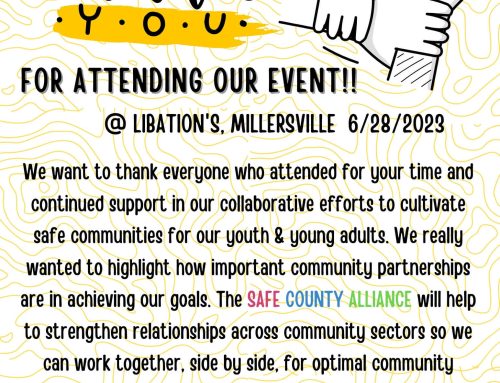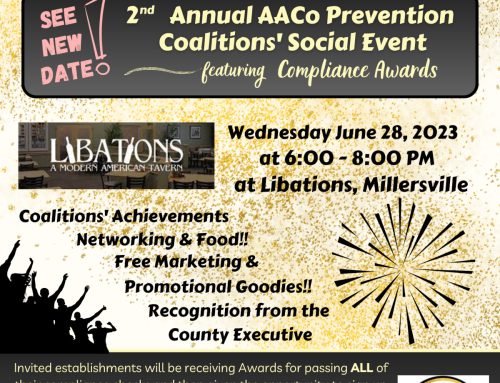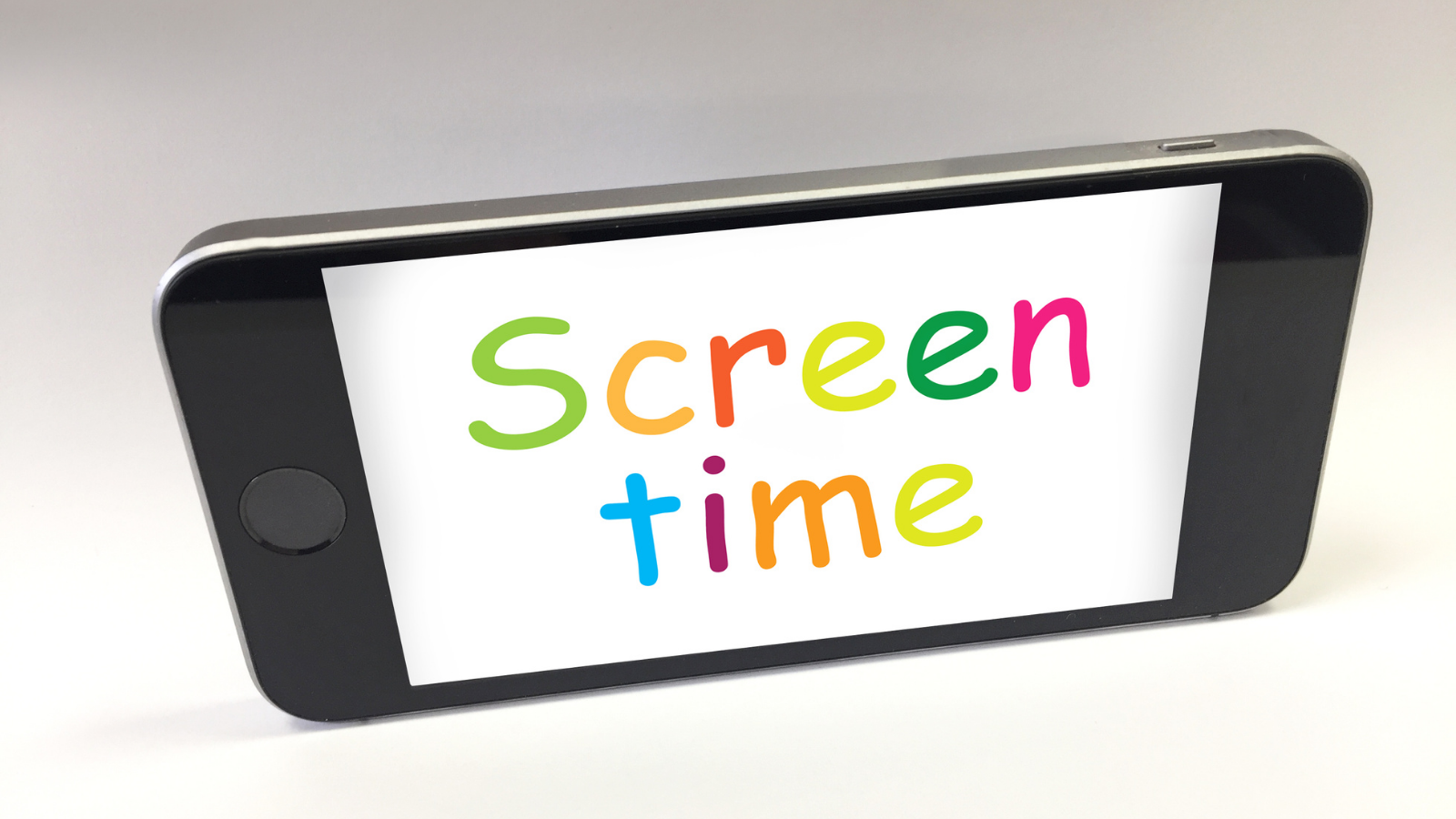
The school year is well underway and students are settling into this new world of virtual learning. Gone are the days of devices used for strictly ‘downtime’. It is quite the opposite, as they are now the main vessel for learning. The reality is that parents and caretakers are trying to carve out times to be away from screens, a far cry from devices being earned as a reward in many families.
Not only as a prevention professional but as a parent, I am keenly aware, as we all probably are, of the risks associated with too much exposure to social media and the impact it has on the developing brain. TikTok, Snapchat, Instagram, and the like are often a slippery slope to negative consequences. Children can become immersed at an early age and the behavior becomes normalized. The U.S. Centers for Disease Control (CDC) indicates that depression and suicide rates for teens between the ages of 13 and 18 increased dramatically since 2010, especially among girls, with excessive use of electronic devices as a likely culprit.
This presents a great challenge and the need for some creativity. So how do we face it head-on? Attempts have run the gamut in our home. I always tell my kid’s boredom is great because it encourages creativity! Play a game, make a fort, do some art, go play in the dirt. Anything but a device, please. According to the Mayo Clinic, ‘Unstructured playtime is more valuable for a young child’s developing brain than is electronic media.’ Unfortunately, this is not what the youth want to hear. They want to watch YouTube videos and play Roblox. These activities are comforting to this generation and have become a default.
I have landed on meeting my kids somewhere in the middle. Here is an example. My tween daughter lives, eats, and breathes TikTok. It turns out it encourages some useful skills, who knew. During quarantine, she developed an interest in cooking thanks to the app. So, she raids the kitchen looking for ingredients to create a recipe she has discovered. As long as she looks up from the screen to makes eye contact occasionally while her face is covered in flour I am okay with it, and always curious about the end result. In fact, our Anne Arundel County prevention coalitions have explored using TikTok and other digital means as platforms for engaging students in prevention education. We are hopeful that students will take a lead in sharing positive messages through different virtual methods. The key it seems is to find a balance. The digital world is here to stay and with that, hopefully, find opportunities for critical thinking to coincide. Though, it is important to stay vigilant about finding quality time away from screens.
For more information and suggestions on ‘off-screen’ activities and strategies, click here.
Kayla Speigel
Annapolis Substance Abuse Prevention (ASAP) Coalition Co-Coordinator

